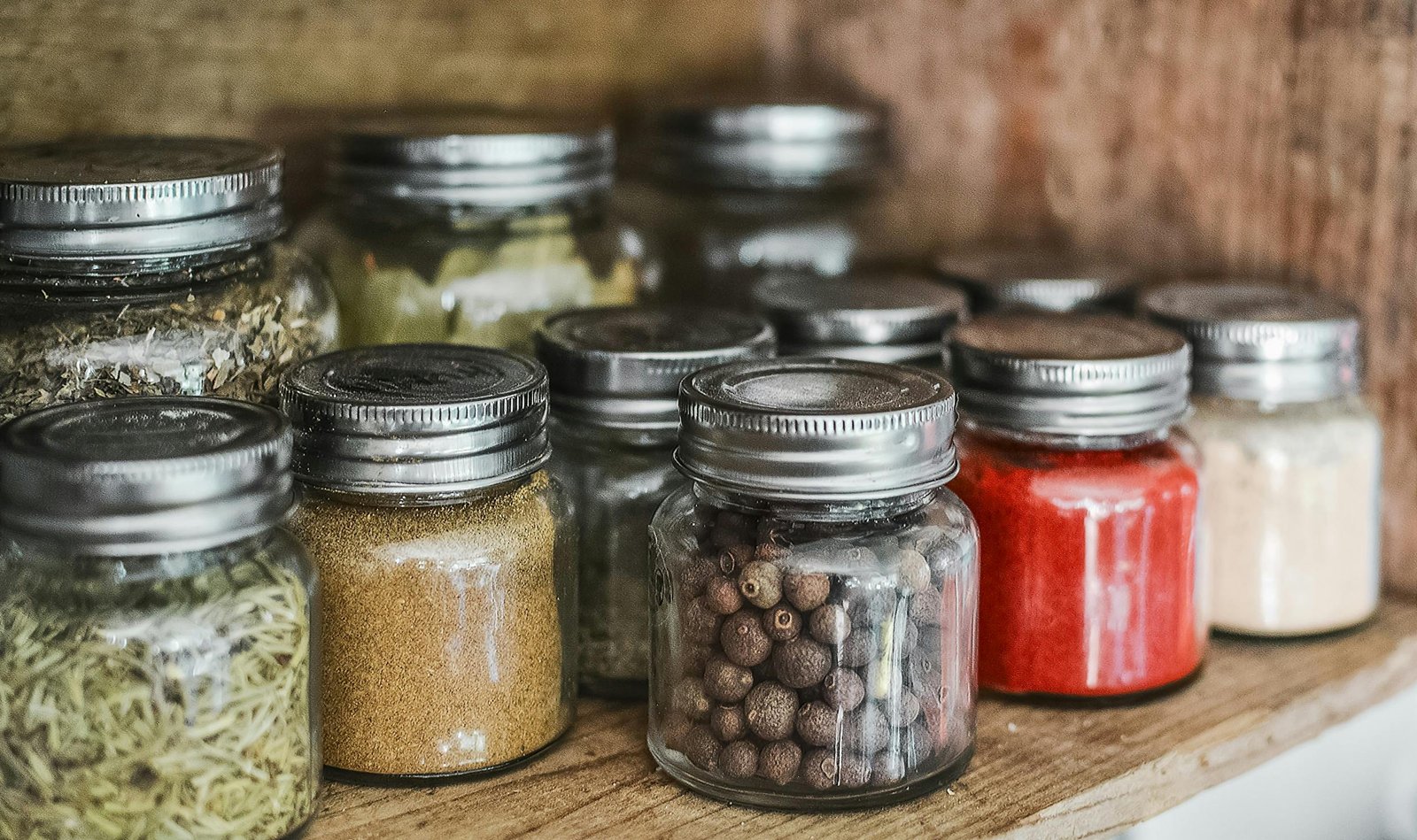Long before the advent of modern refrigeration and synthetic preservatives, grandmothers around the world had perfected the art of food preservation using natural methods. These time-honored techniques not only kept food safe for extended periods but also enhanced its flavor and nutritional value. Let’s take a nostalgic journey to discover how grandma used natural preservatives to store food for long.
The Wisdom of Natural Preservation
Grandma’s kitchen was a treasure trove of natural preservation methods. She relied on simple, easily accessible ingredients and techniques that have been passed down through generations. Here are some of the most popular natural preservatives she used:
1. Salt
Salt was a staple in grandma’s preservation toolkit. Its ability to draw out moisture and create an inhospitable environment for bacteria made it ideal for preserving meats and fish. She would often rub salt into meat or fish, then hang it to dry, creating delicious cured products like salted cod and country ham.
2. Vinegar
Vinegar, particularly apple cider vinegar, was used extensively for pickling vegetables. Grandma would submerge cucumbers, beets, and other garden vegetables in a vinegar brine, creating tangy pickles that could last for months. The acetic acid in vinegar not only preserved the vegetables but also added a distinctive flavor.
3. Sugar
Sugar’s preservation prowess was evident in grandma’s pantry, stocked with jams, jellies, and fruit preserves. By cooking fruits with sugar, she created a high-sugar environment that inhibited the growth of bacteria and mold. These sweet treats captured the essence of summer fruits and could be enjoyed year-round.
4. Oil
Oil, particularly olive oil, was another natural preservative used to store herbs, vegetables, and even cheese. By submerging these items in oil, grandma created an anaerobic (oxygen-free) environment that prevented the growth of spoilage-causing organisms. This method not only preserved the food but also infused the oil with delightful flavors.
5. Lemon Juice
Lemon juice, rich in citric acid, was a natural preservative that grandma used to prevent browning and spoilage in fruits and vegetables. She often used lemon juice in canning and preserving recipes, ensuring the produce retained its vibrant color and freshness.
Traditional Techniques Enhanced by Natural Preservatives
In addition to using natural preservatives, grandma employed several traditional techniques that complemented these ingredients, ensuring food stayed fresh and safe to eat for extended periods.
Drying

Drying was one of the oldest methods of food preservation. Grandma would lay fruits, vegetables, and herbs out in the sun or use a low oven or dehydrator to remove moisture. This prevented bacterial growth and extended the shelf life of many foods, including apples, tomatoes, and peppers.
Fermenting
Fermentation was another technique grandma used, particularly for preserving vegetables. She would submerge cabbage in a saltwater brine to make sauerkraut or cucumbers for pickles. The natural fermentation process produced lactic acid, which preserved the vegetables and added beneficial probiotics.
Smoking
Smoking was a favorite method for preserving meats and fish. Grandma would use a smokehouse or smoker to infuse meats with rich, smoky flavors while drying them out, making them last longer. Smoked sausages, hams, and fish were common sights in her larder.
Canning
Canning was a labor-intensive but rewarding method of preservation. Grandma would sterilize jars, fill them with fruits, vegetables, or meats, and then process them in a water bath or pressure canner. This created a vacuum seal that kept food safe from spoilage for months, even years.
The Legacy of Natural Preservation
Grandma’s natural preservation methods were more than just practical; they were a way of life. These techniques connected her to the rhythms of the seasons, ensuring nothing went to waste and that her family had access to nutritious, flavorful food year-round. Today, as we seek to reduce our reliance on artificial preservatives and embrace more sustainable practices, we can look to grandma’s wisdom for inspiration.
By rediscovering and practicing these traditional methods, we not only honor the past but also ensure a healthier, more sustainable future. So, next time you bite into a tangy pickle or spread some homemade jam, take a moment to appreciate the timeless art of natural preservation that has been lovingly passed down through the generations.


